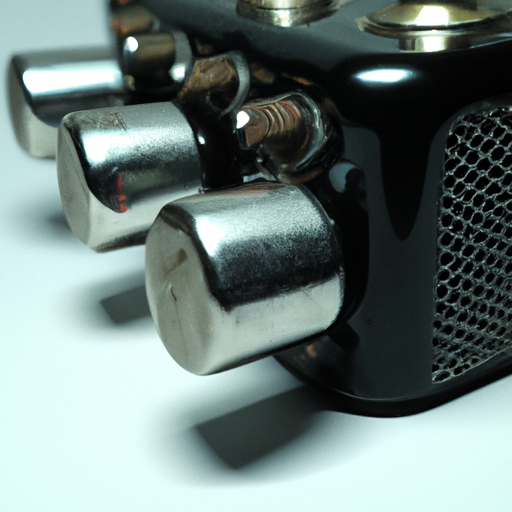Amplifiers are essential components in audio systems, as they increase the power of an electrical signal to drive speakers or headphones. They come in various types, each designed for specific applications and preferences. In this article, we will explore the popular amplifier product types, their features, and their uses.

2. Integrated Amplifiers: Integrated amplifiers combine a preamplifier and a power amplifier into a single unit. They are an all-in-one solution for audio enthusiasts who want simplicity and convenience. Integrated amplifiers often include additional features like built-in DACs (Digital-to-Analog Converters) for connecting digital audio sources, headphone outputs, and tone controls. They are commonly used in home audio setups where space is a consideration.
3. Power Amplifiers: Power amplifiers are designed to provide high power output to drive speakers efficiently. They are often used in professional audio setups, such as concert venues, recording studios, and live performances. Power amplifiers are typically used in conjunction with a separate preamplifier or mixer to control the audio signal. They come in various configurations, including mono, stereo, and multi-channel options, depending on the number of speakers they need to drive.
4. Tube Amplifiers: Tube amplifiers, also known as valve amplifiers, use vacuum tubes to amplify the audio signal. They are known for their warm and rich sound characteristics, which many audiophiles prefer. Tube amplifiers are often associated with vintage audio equipment and are highly sought after by enthusiasts. They require regular maintenance and can be more expensive than solid-state amplifiers. Tube amplifiers are commonly used in high-end audio systems and recording studios.
5. Solid-State Amplifiers: Solid-state amplifiers use transistors and other solid-state components to amplify the audio signal. They are known for their reliability, efficiency, and ability to deliver high power output. Solid-state amplifiers are widely used in various audio applications, including home audio systems, car audio systems, and professional audio setups. They are generally more affordable than tube amplifiers and require less maintenance.
6. Digital Amplifiers: Digital amplifiers, also known as Class-D amplifiers, use digital signal processing techniques to amplify the audio signal. They are highly efficient and compact, making them suitable for portable audio devices, such as smartphones, tablets, and portable speakers. Digital amplifiers are known for their low power consumption and ability to deliver high-quality sound. They are commonly used in consumer electronics and automotive audio systems.
7. Headphone Amplifiers: Headphone amplifiers are specifically designed to drive headphones and provide optimal sound quality. They are often used in professional audio setups, such as recording studios and radio stations, where accurate monitoring is crucial. Headphone amplifiers come in various forms, including standalone units, integrated amplifiers with headphone outputs, and portable amplifiers for on-the-go listening. They can enhance the audio experience by providing more power and better control over the headphones.
In conclusion, amplifiers come in various types, each catering to specific audio needs and preferences. Whether you are a casual listener, an audiophile, or a professional audio engineer, there is an amplifier type suitable for your requirements. From stereo amplifiers for home audio systems to power amplifiers for professional setups, the right amplifier can significantly enhance your audio experience. Consider your audio setup, power requirements, and desired sound characteristics when choosing an amplifier type that suits your needs.






